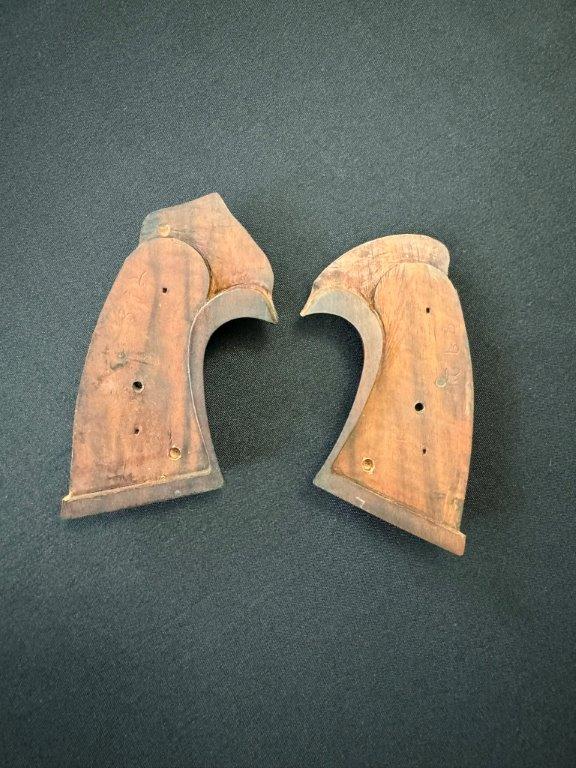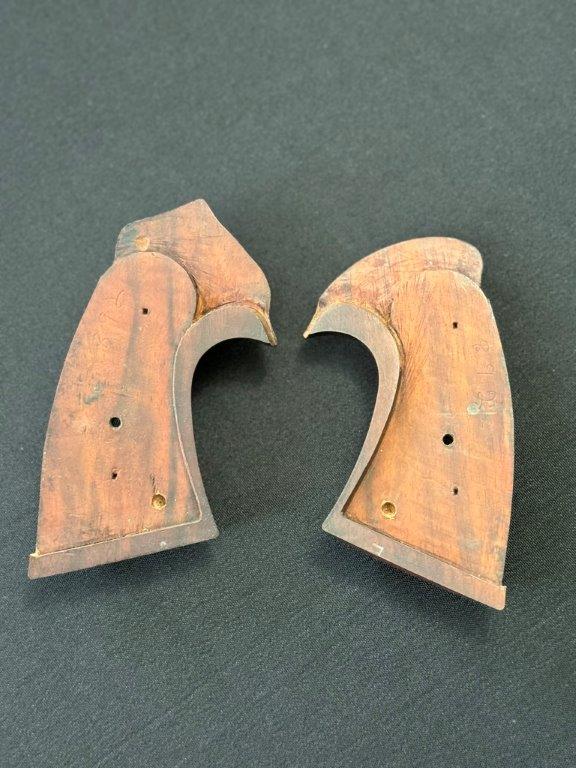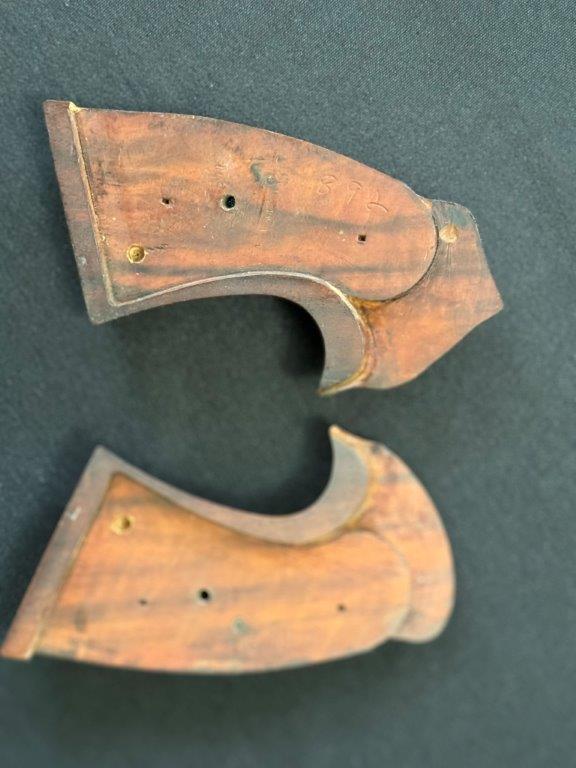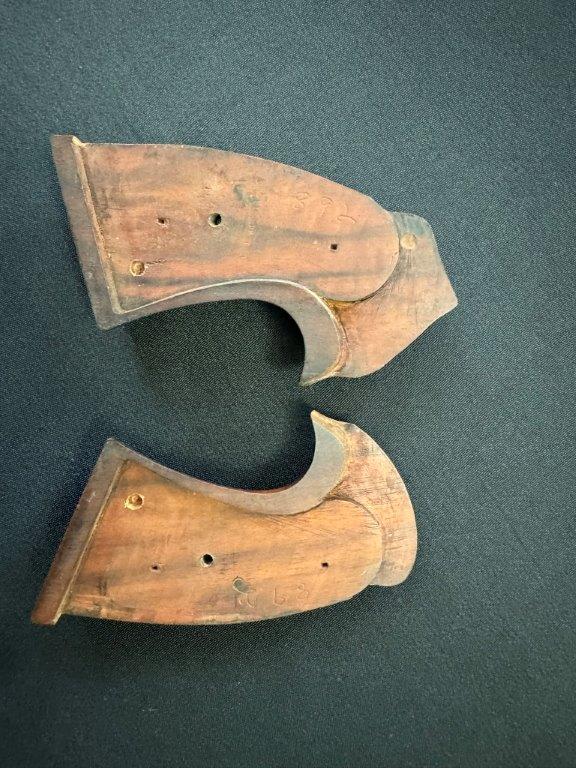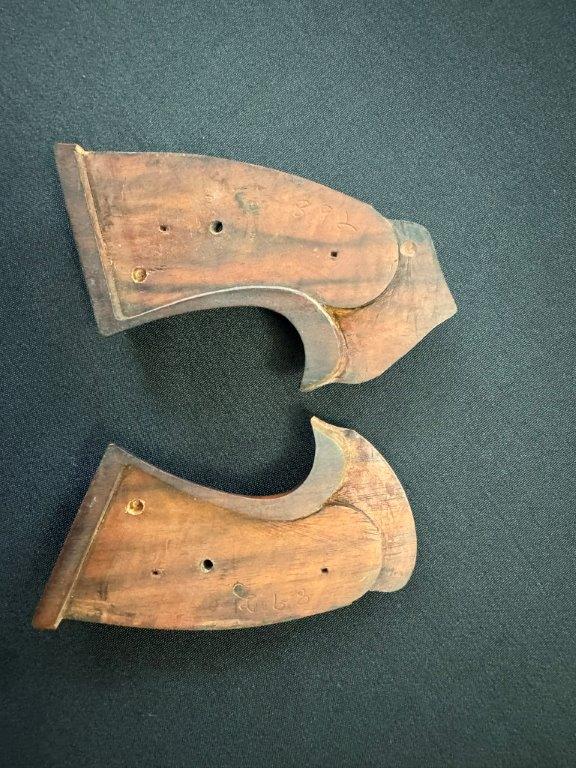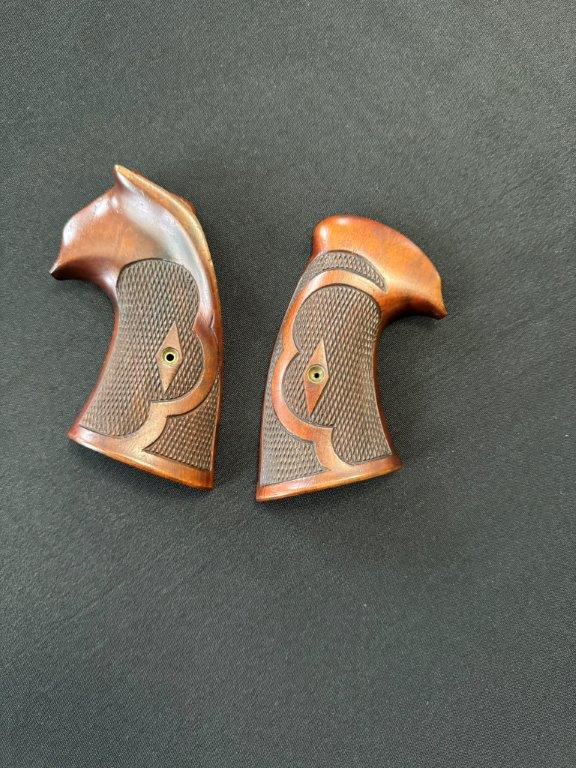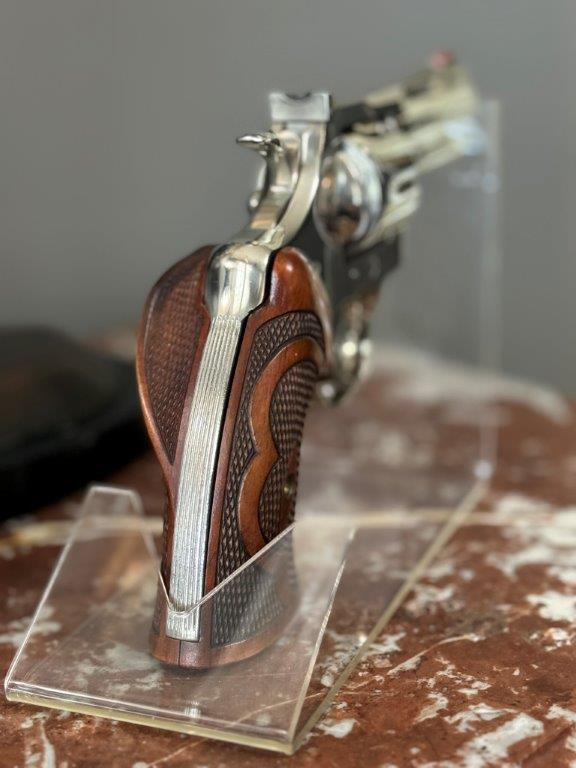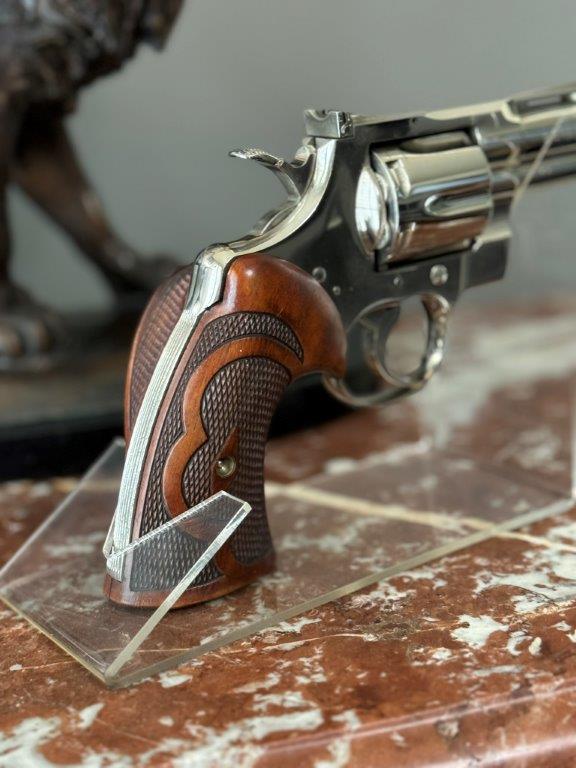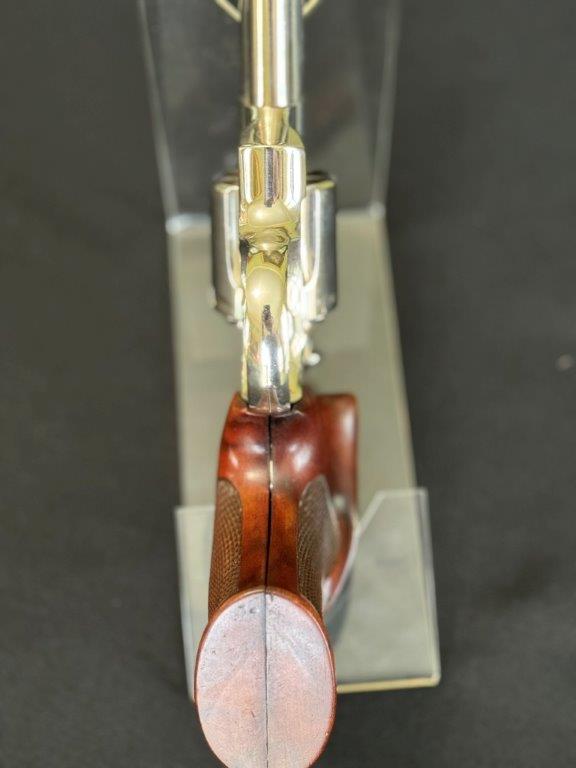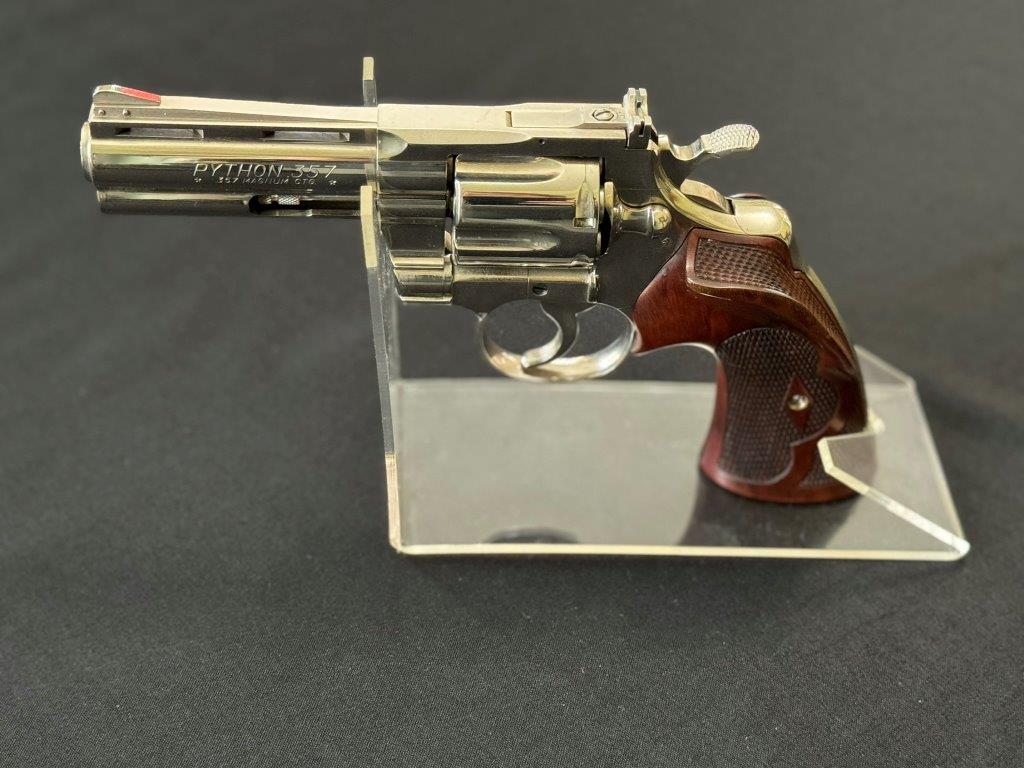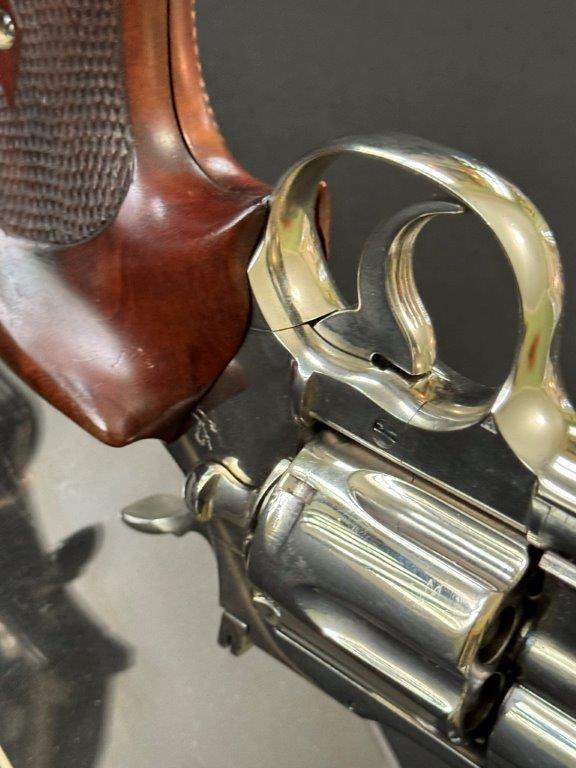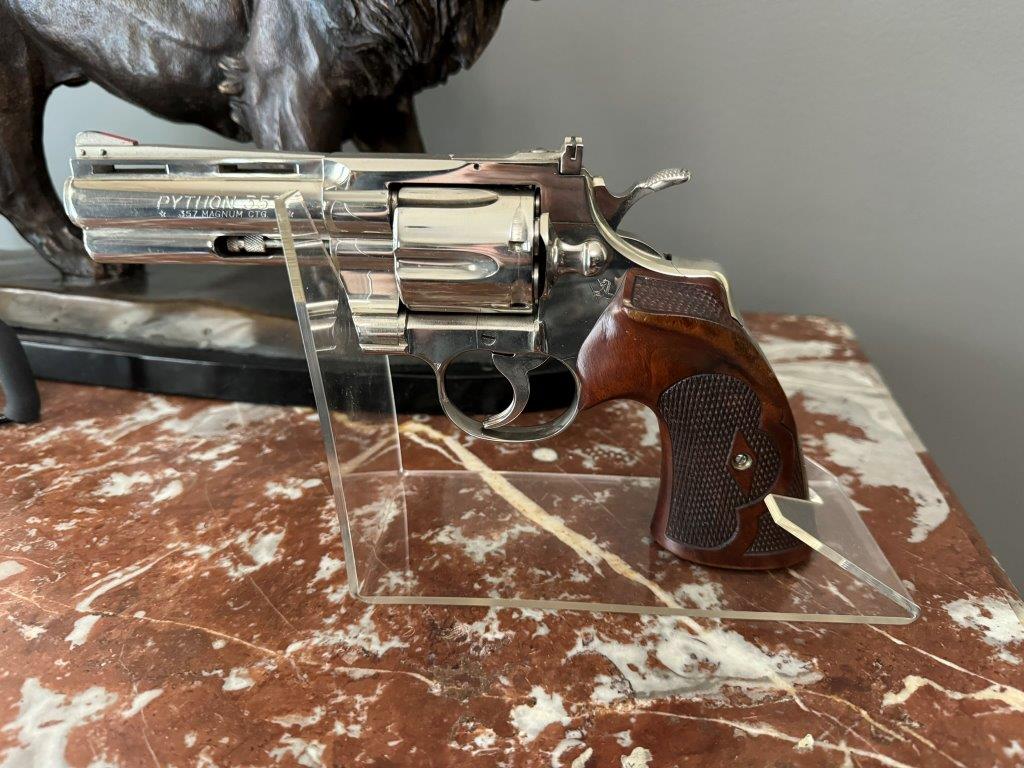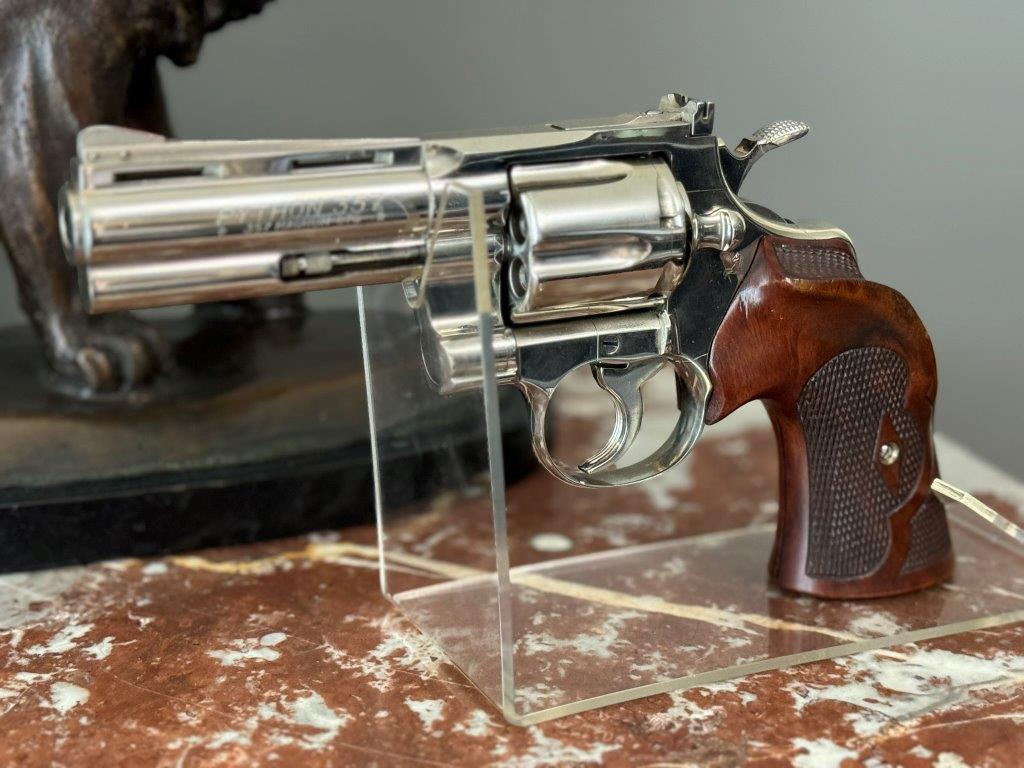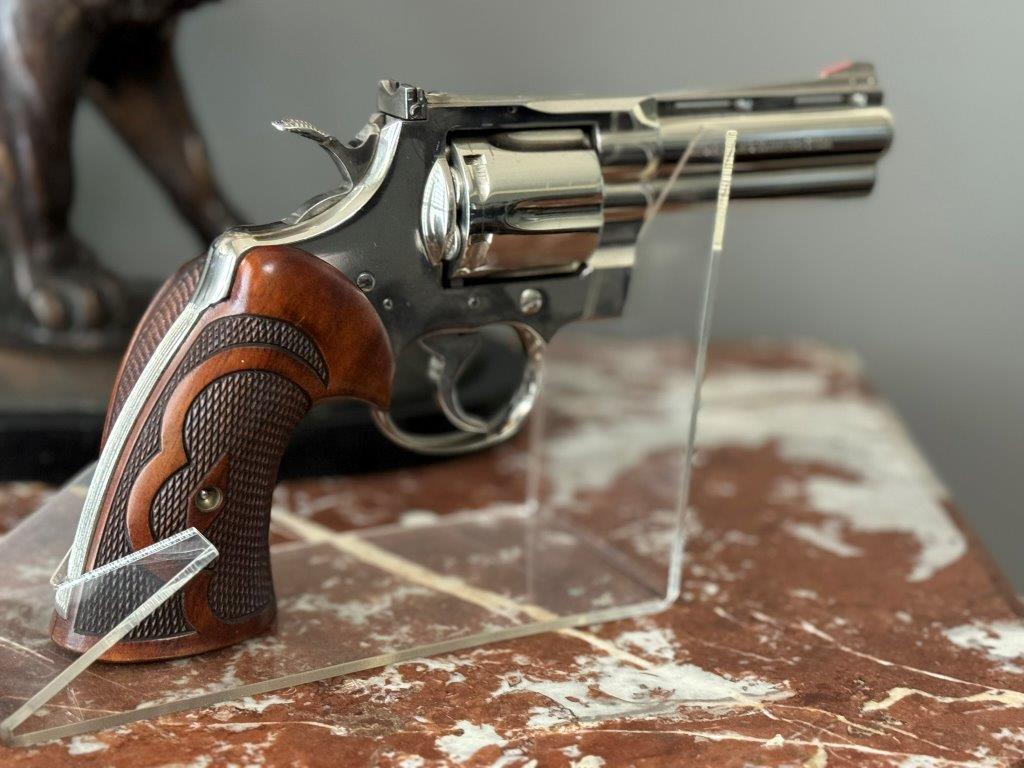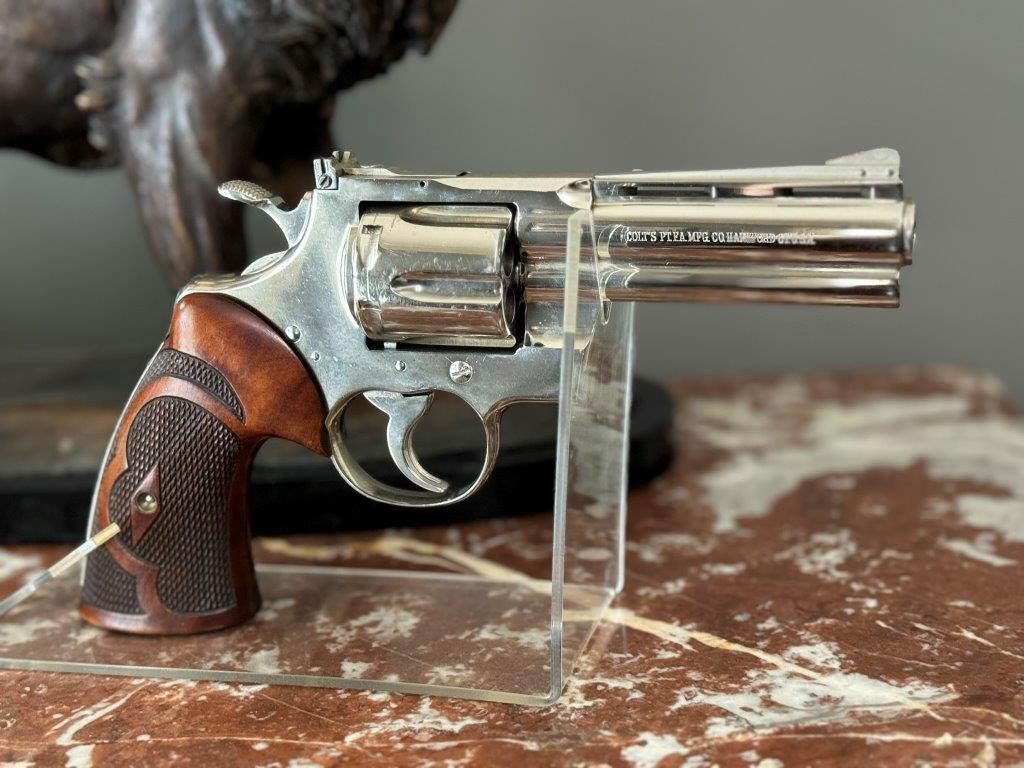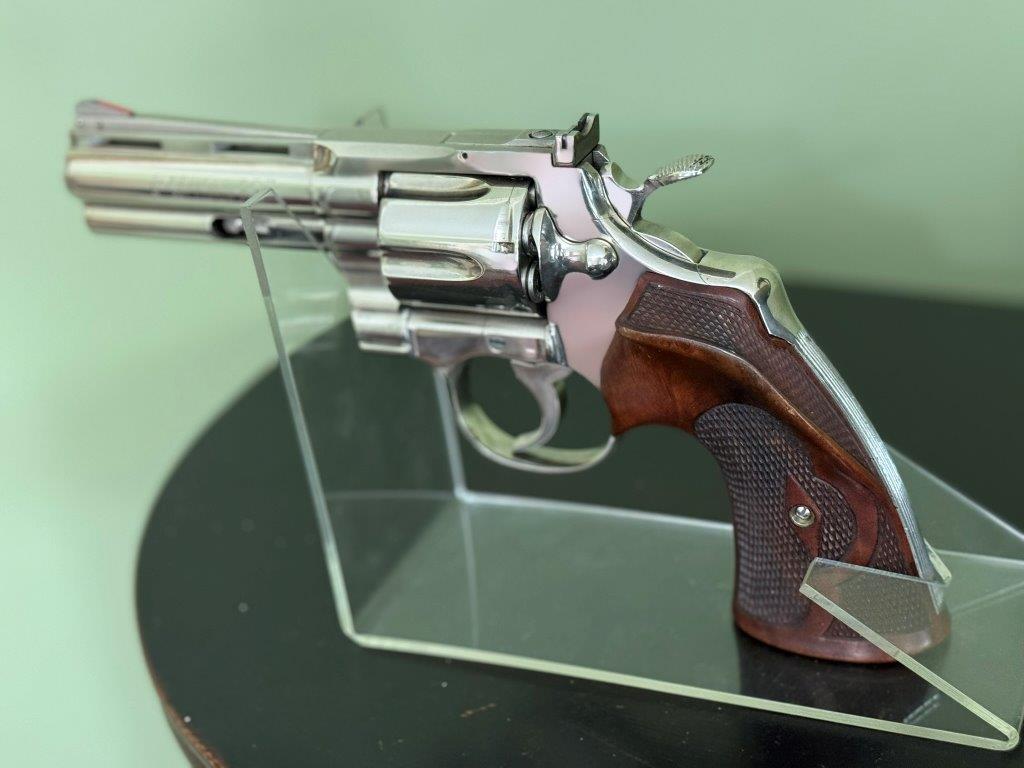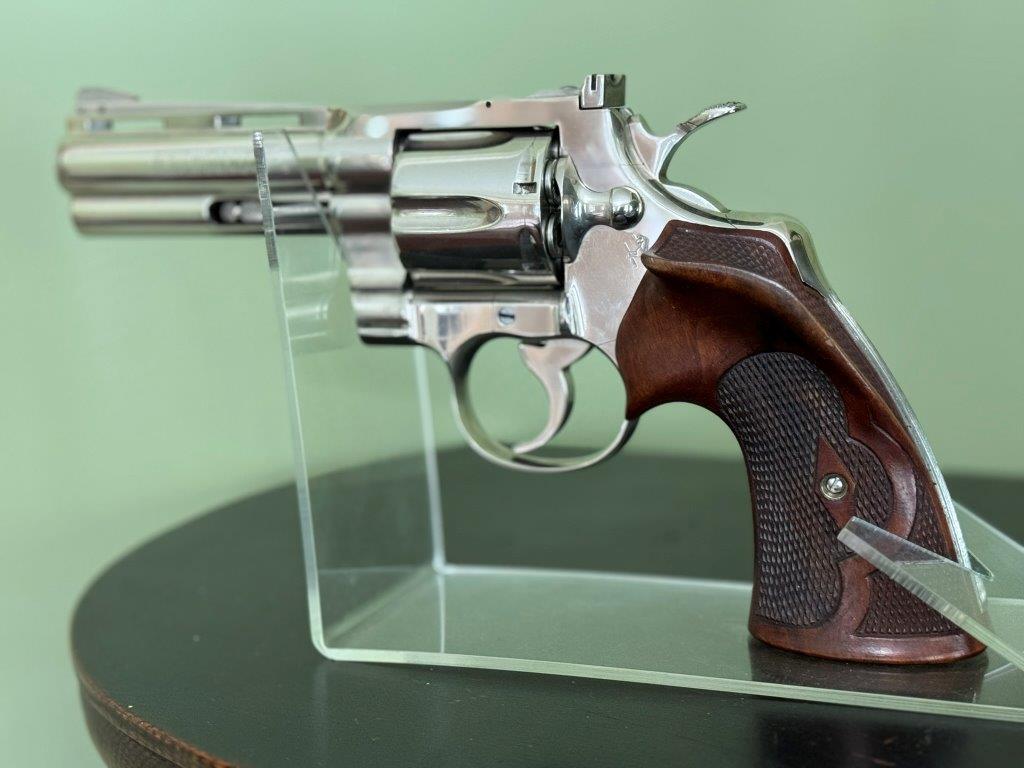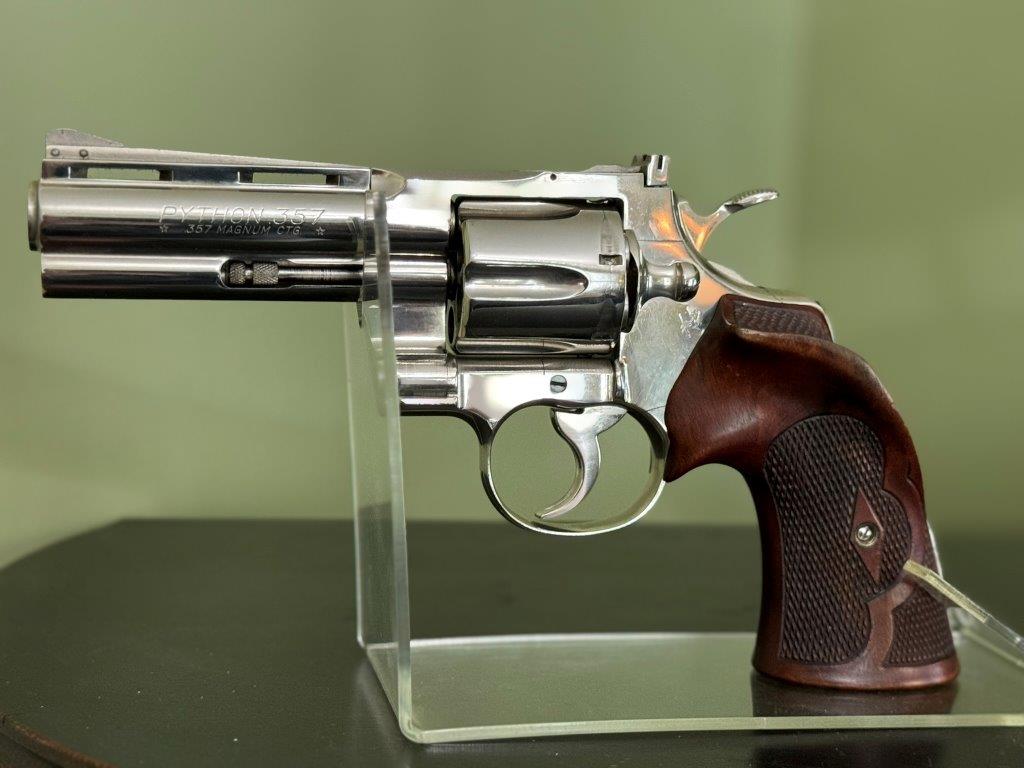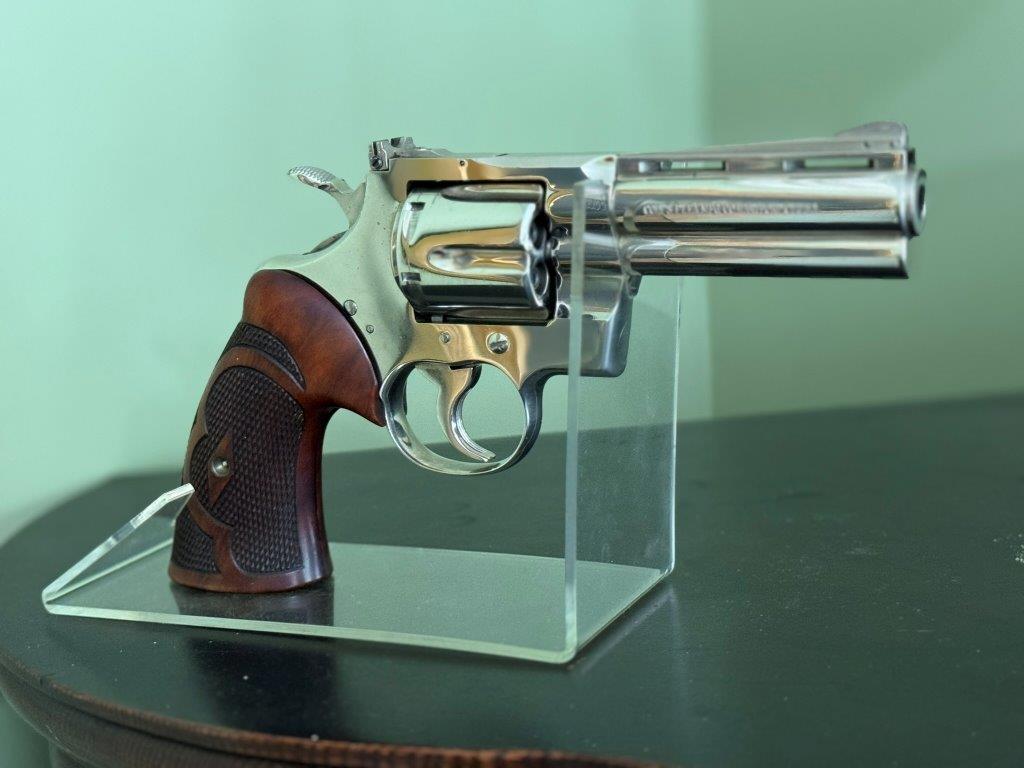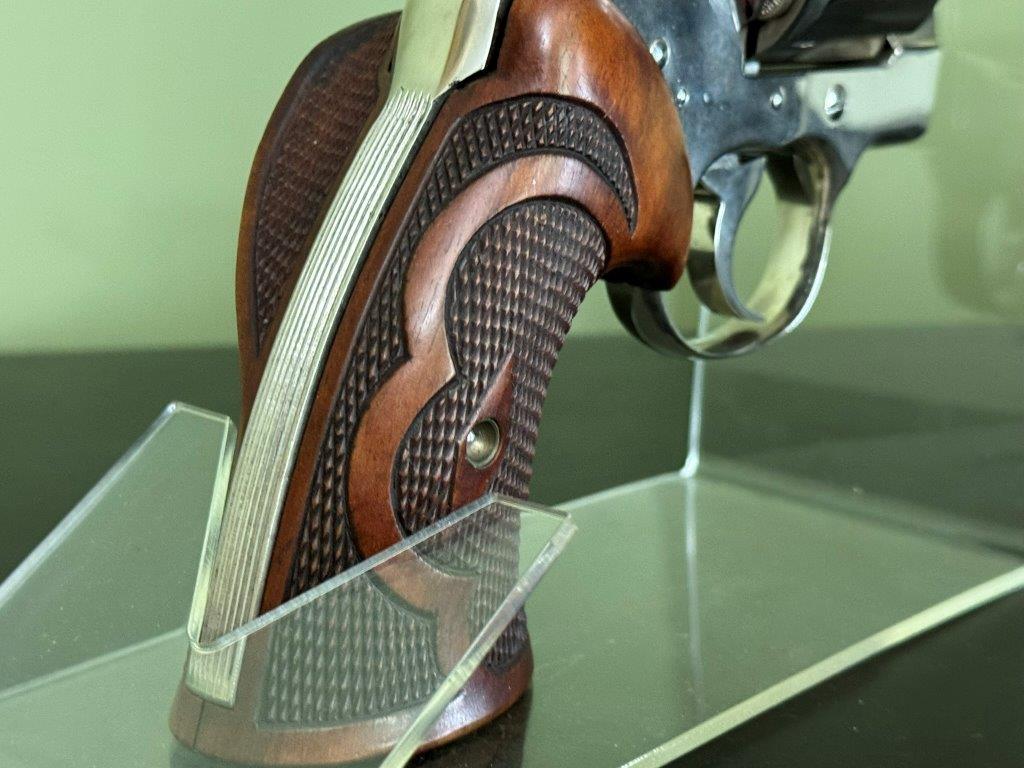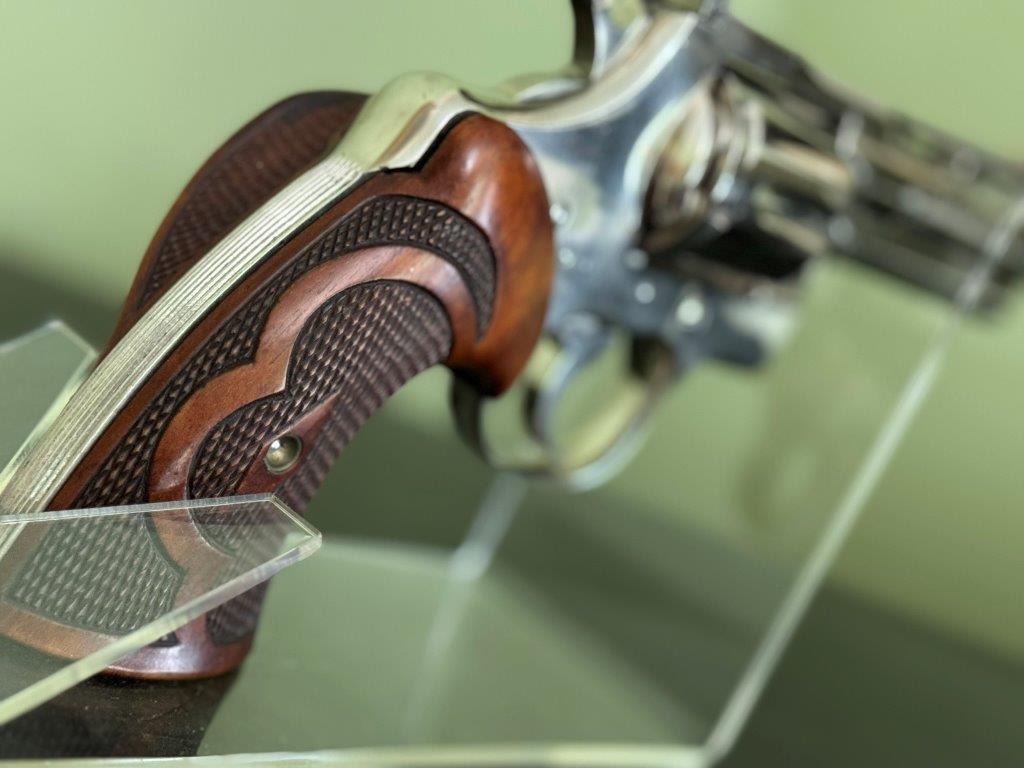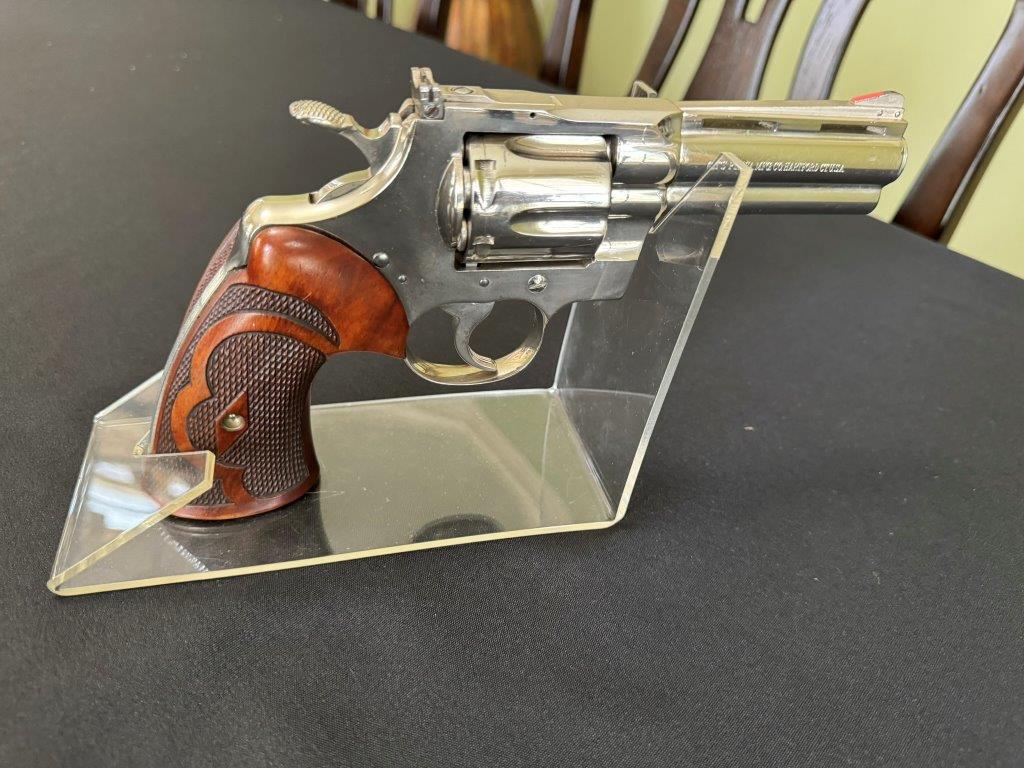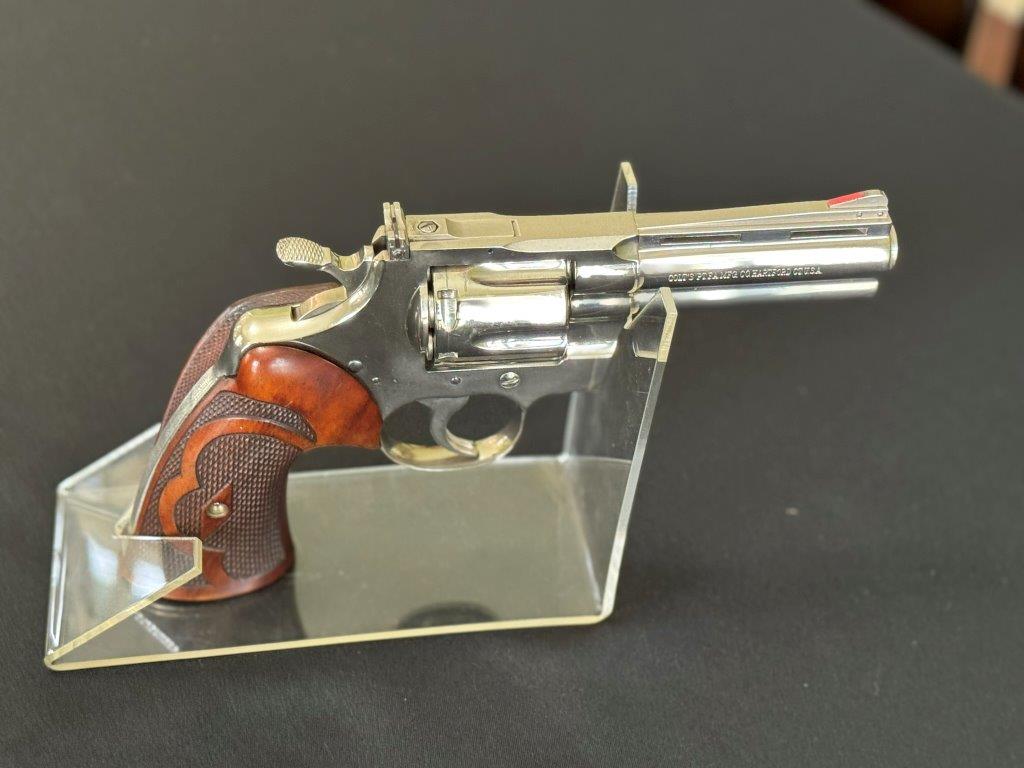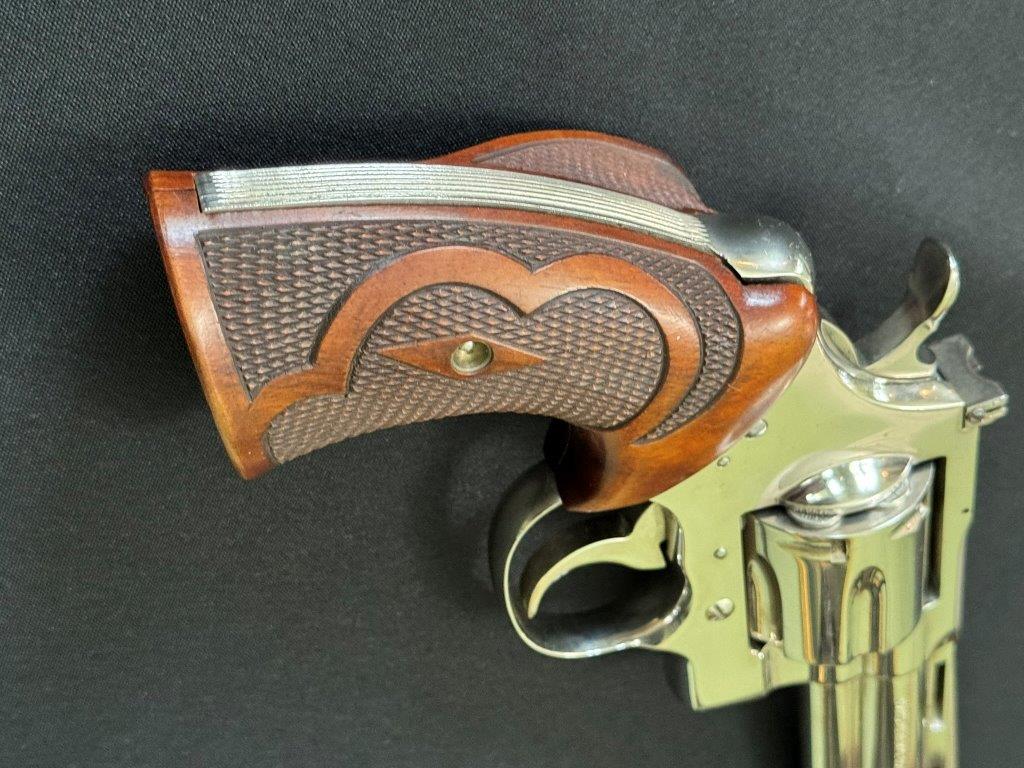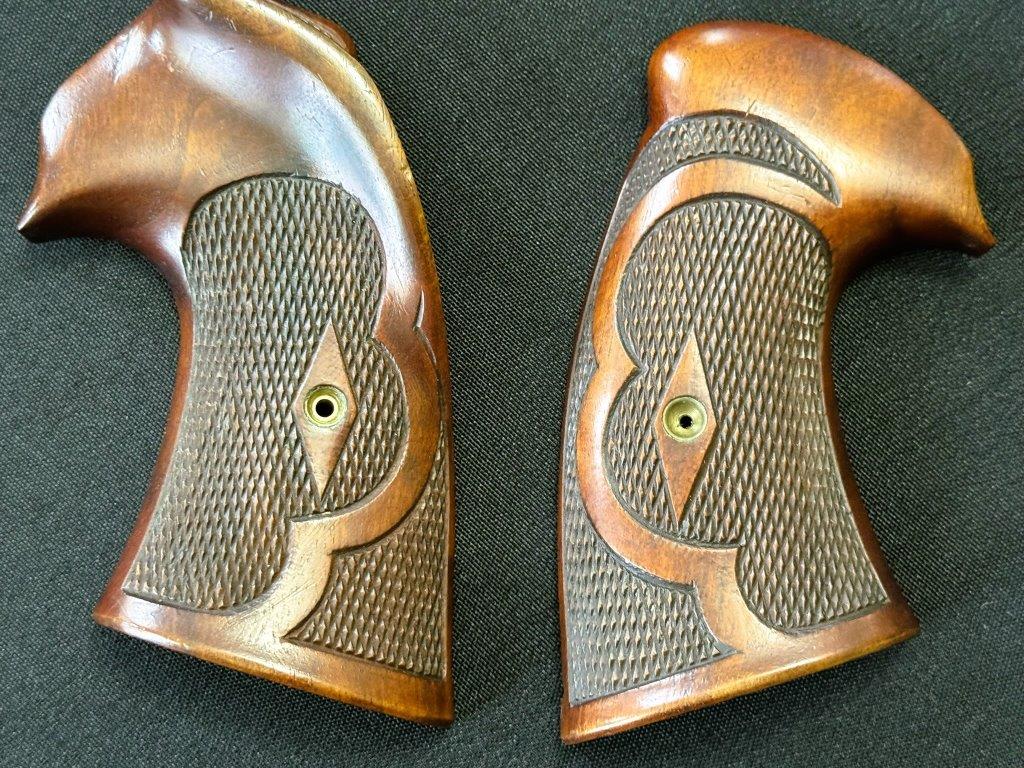
Walter F. Roper was an influential figure in the development of aftermarket target grips for firearms, particularly during the period from 1934 to 1952. His work not only enhanced the functional aspects of handguns but also brought a distinctive style that made his creations highly sought after by enthusiasts and collectors alike. This article delves into Roper's contributions to the field, examining the unique style of his gun grips and the impact of his innovations on the shooting sports.
Early Beginnings and Motivation

Walter F. Roper's journey into the world of firearm grips began in the early 1930s, a time when the shooting sports were gaining popularity in the United States. A mechanical engineer by training, Roper's fascination with precision and design led him to explore ways to improve the shooting experience. His background provided him with a unique perspective on the ergonomics of handgun handling, which became the foundation for his pioneering work in grip design.
Innovations in Grip Design
Roper’s approach to grip design was revolutionary. He emphasized the importance of the grip in improving a shooter's accuracy and comfort. Prior to his innovations, most handgun grips were standardized and did not account for individual variations in hand size, shape, or shooting style. Roper introduced the concept of custom-tailored grips that were made to fit the hands of the individual shooter.
His design process involved detailed measurements of a shooter's hand and their shooting style.
This personalized approach ensured that each set of grips was unique to its owner, providing optimal comfort and improving overall shooting accuracy. The grips were crafted from high-quality hardwoods, which not only provided durability but also added aesthetic appeal to the firearms.
The Style of Roper Grips
The style of Roper’s grips was as significant as their functionality. Each grip was a work of art, showcasing exquisite craftsmanship and attention to detail. The choice of wood was critical, with Roper often selecting walnut or rosewood for their beauty and hard-wearing properties. The wood was polished to a high sheen, enhancing the natural grain and color variations, which made each grip visually unique.
Roper's grips were also known for their distinctive contours and curves. Unlike the more angular grips common at the time, Roper's designs featured smooth, flowing lines that mimicked the natural contours of the human hand. This not only improved how the grip felt but also added an elegant visual element to the firearm. The ergonomic design was ahead of its time, influencing many contemporary grip makers.
